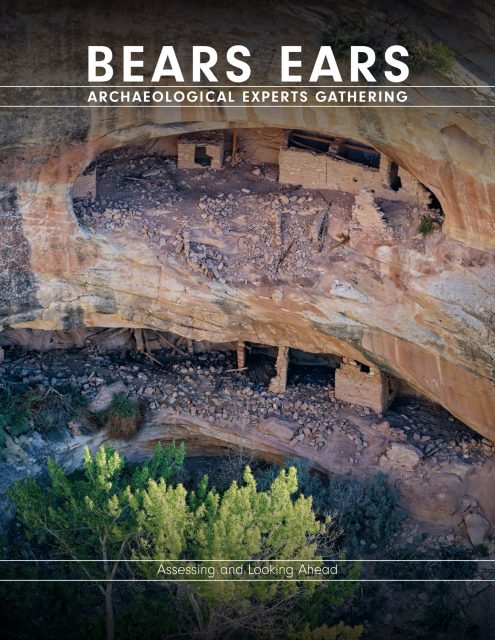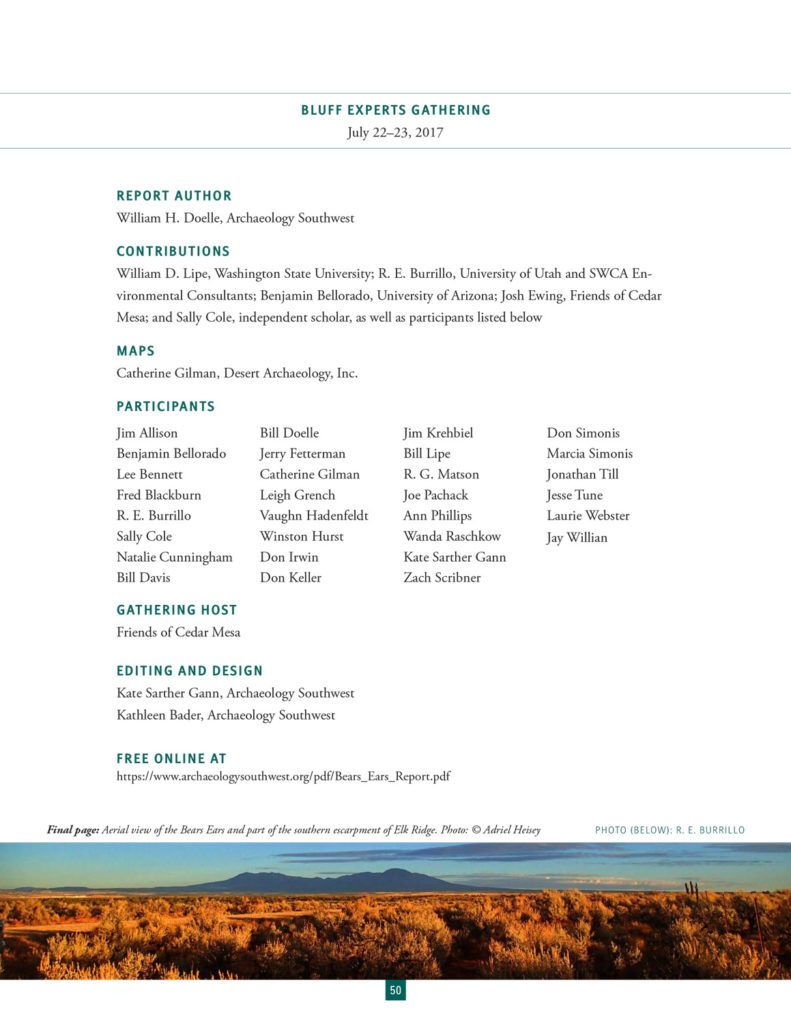- Home
- >
- Preservation Archaeology Blog
- >
- A Target, or a Shield?
(August 23, 2017)—A giant target hovers over Bears Ears National Monument. And many are gathered to cast their darts. Some, with fierce intention, will aim at the bullseye, confident that piercing the smallest circle will eliminate the new national monument altogether.
Numerous others will take somewhat “random tosses.” They are the many visitors who will flock to this place that has been so much in the news. Their actions will range from respectful, to ill-informed, to malicious.
And the cumulative effects of their presence will inevitably cause harm to irreplaceable traces of the past—if the protections to the new national monument are removed. Those archaeological sites and those places that are sacred to many American Indian tribes occur in remarkable density and diversity across Bears Ears National Monument.
The U.S. president and the Secretary of the Interior believe that they hold a special dart. They seem to believe that their dart can inflict whatever ill-conceived damage they dream up for this fragile landscape. Even though legal scholars assert persuasively that they are wrong, they blithely continue to roll that dart between their fingers, threatening with unfettered bluster.
How did we get to this place? Are there citizens who know that a dart game is an inappropriate metaphor for a place like Bears Ears? Fortunately, the answer is yes—but first, a few basic facts.
On December 28, 2016, President Barack Obama established the Bears Ears National Monument through a presidential proclamation under the Antiquities Act of 1906. Bears Ears National Monument covers some 1.35 million acres of federal land in southeastern Utah managed by the Bureau of Land Management (BLM) and the U.S. Forest Service (USFS). Bears Ears National Monument will be managed cooperatively between BLM and USFS in collaboration with the five-member Bears Ears Tribal Commission. The BLM, USFS, and Tribal Commission are in the initial stages of drafting a management plan for the new national monument.
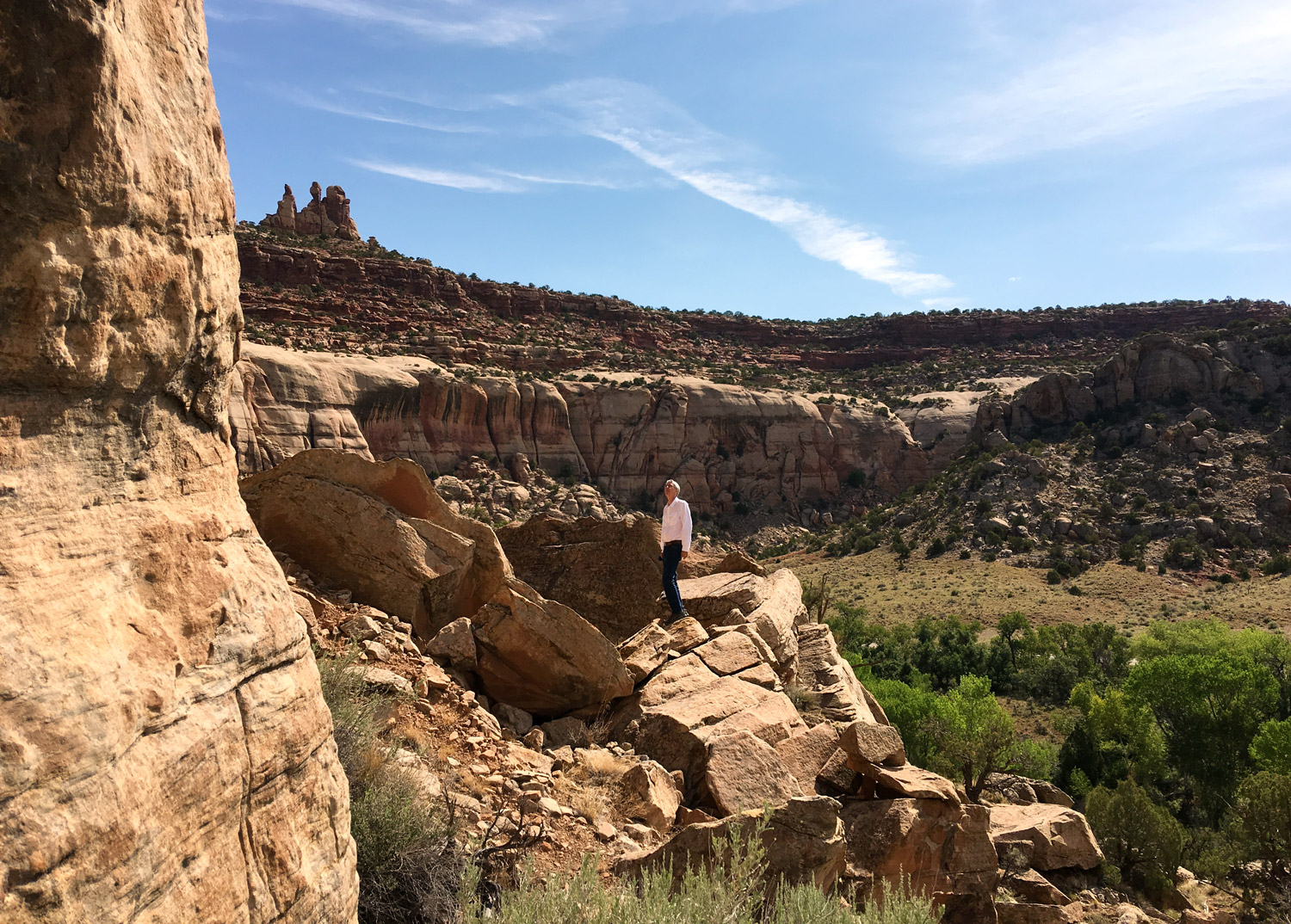
For two days in July (22–23), a group of archaeologists, with focused commitment developed through long experience conducting research in the area, devoted a weekend to share their knowledge about archaeology in the Bears Ears National Monument. Attendees acknowledged the monument’s existence, and its controversial status was not the topic of conversation for this intensive archaeological experts gathering.
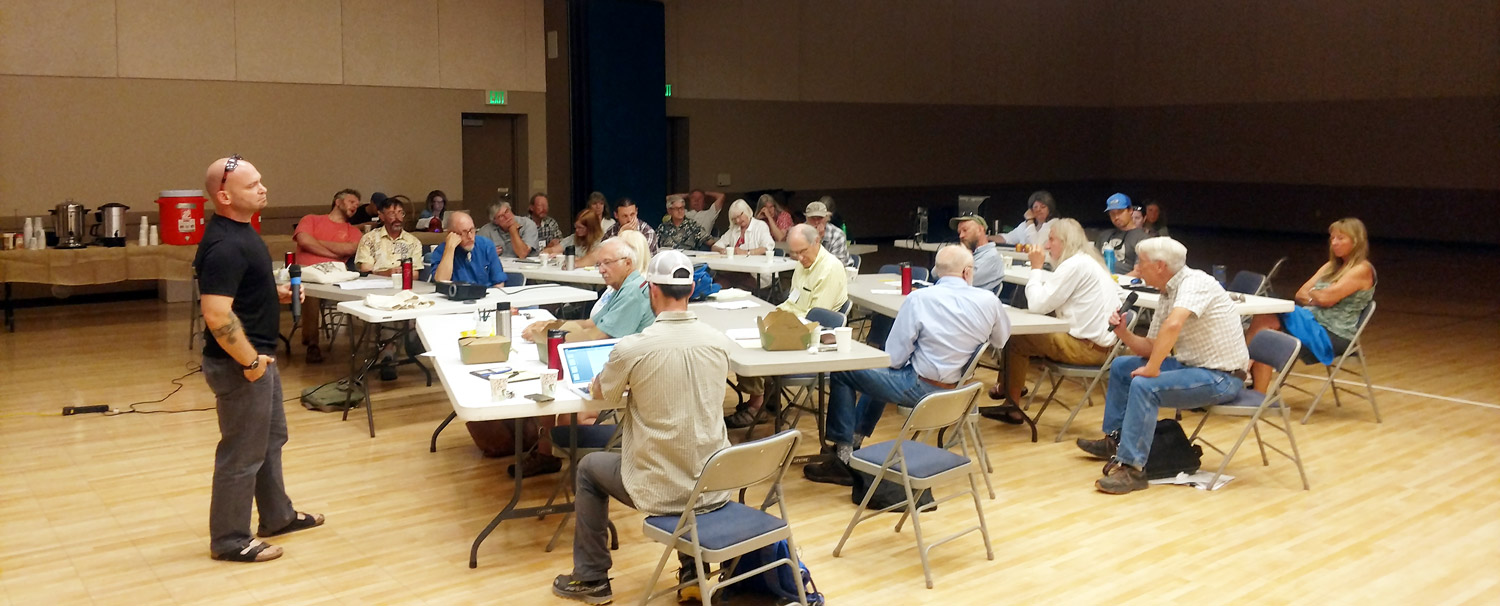
Instead, the conversation went like this: what is our cumulative knowledge about this place? And what don’t we know that we would like to? What is an appropriate focus for future research? How might archaeologists help plan for a dramatic increase in visitors? How might we help to provide improved interpretation of the resources of Bears Ears? How might we work with tribes, agencies, other archaeologists, and the public to make Bears Ears a success?
Archaeology Southwest and Friends of Cedar Mesa worked in close partnership to organize and implement this gathering of archaeological experts in Bluff, Utah. Archaeology Southwest often uses expert-guided planning sessions to develop strategies for protecting archaeological sites across large landscapes. The key to success is to have everyone focused on a real-time information display. In Bluff, we gathered in the community center, where attendees were arrayed at tables facing a large screen, and we projected maps on that screen from a computer equipped with a geographic information system, or GIS. Although Archaeology Southwest provided general facilitation, individual experts led discussion about an area they knew well, and then all others had an opportunity to comment or add information.
|
|
The resulting document is an amazing statement of what true collaboration can produce. Just one month after the intensive engagement in Bluff, we have a document that conveys the broad consensus opinions of experts in a format addressed to the interested general public. The report considers the many ways in which past cultural landscapes are reflected within and beyond the new national monument. And the report envisions a future built upon the premise that one of the most powerful elements of the landscape approach that a national monument such as Bears Ears offers is the opportunity for tribes and other stakeholders to collaboratively manage and interpret a rich and living tapestry of interrelated places.
So, in a time of tumult and uncertainty, serious professionals have assembled their thoughts and offer them to you as an element of a positive vision for protecting Bears Ears National Monument and the wealth of stories that the objects of that monument reveal. In this report, they share parts of our American heritage you might be delighted to learn more about.
When it comes to managing our nation’s cultural landscapes, a protective shield is much more appropriate than a target.
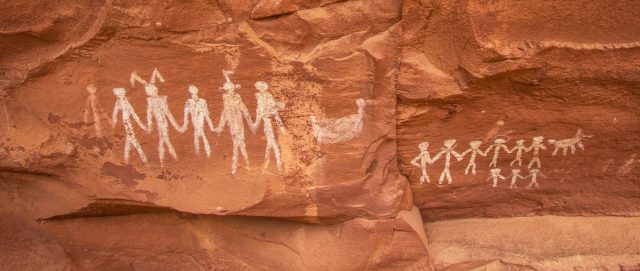
Explore the News
Related to This
-
Project Standing with Bears Ears

